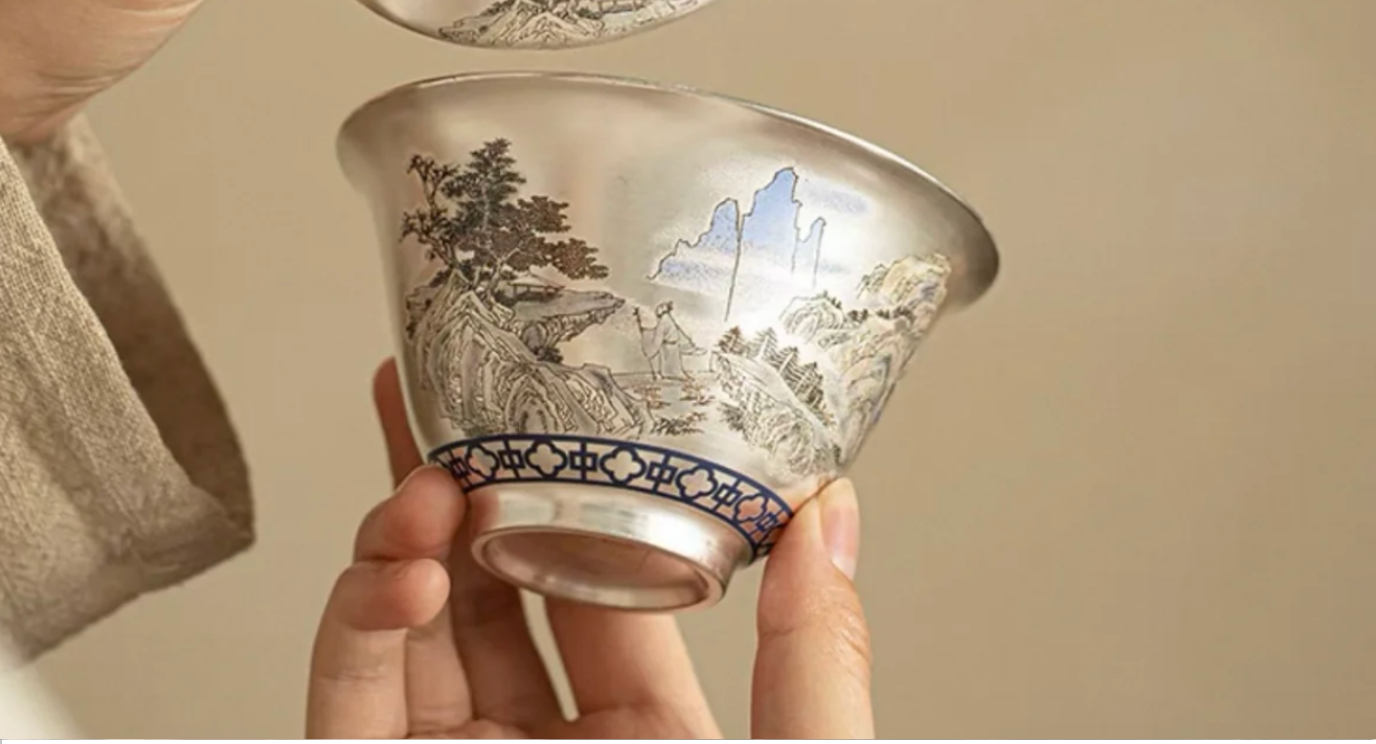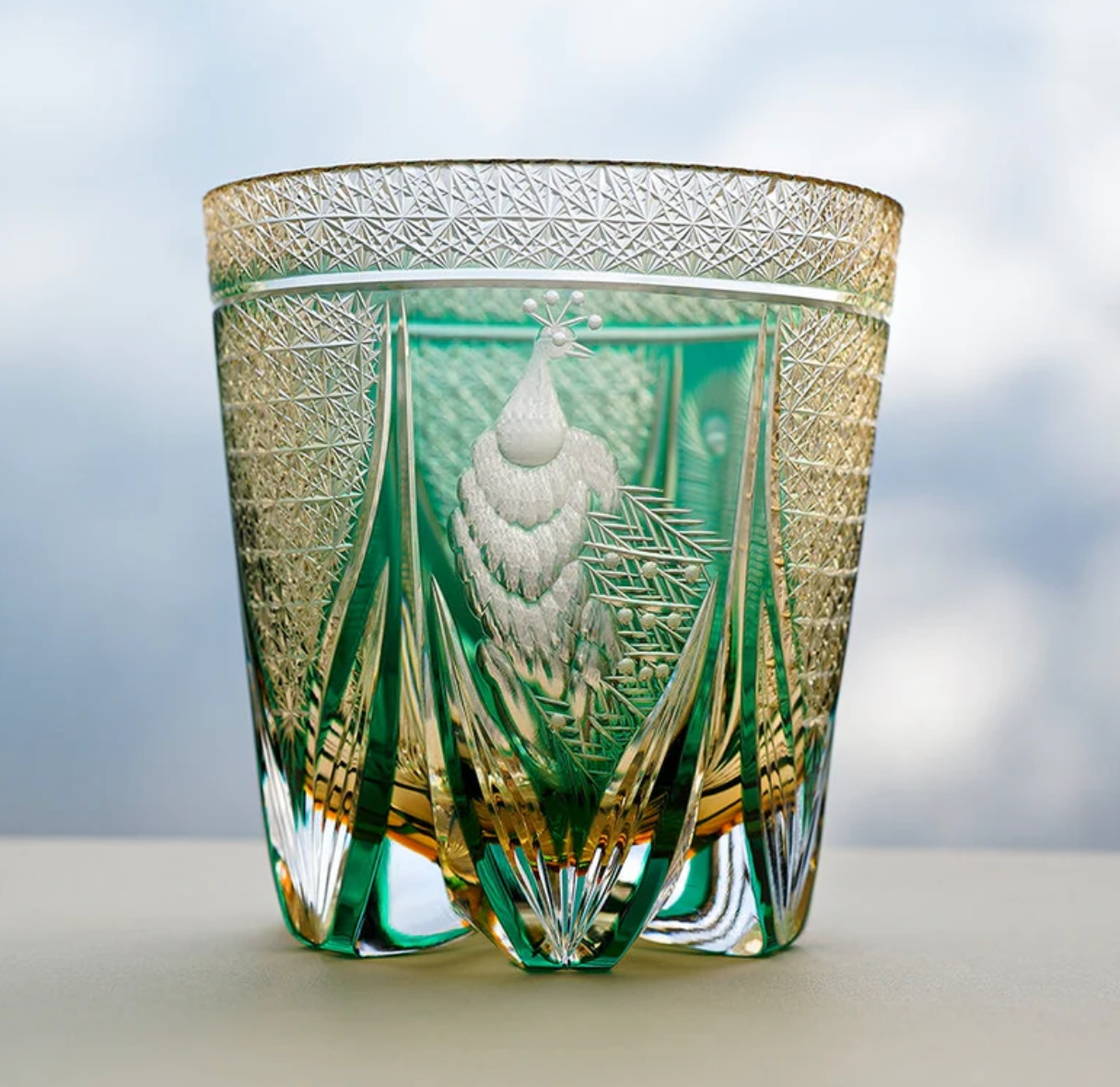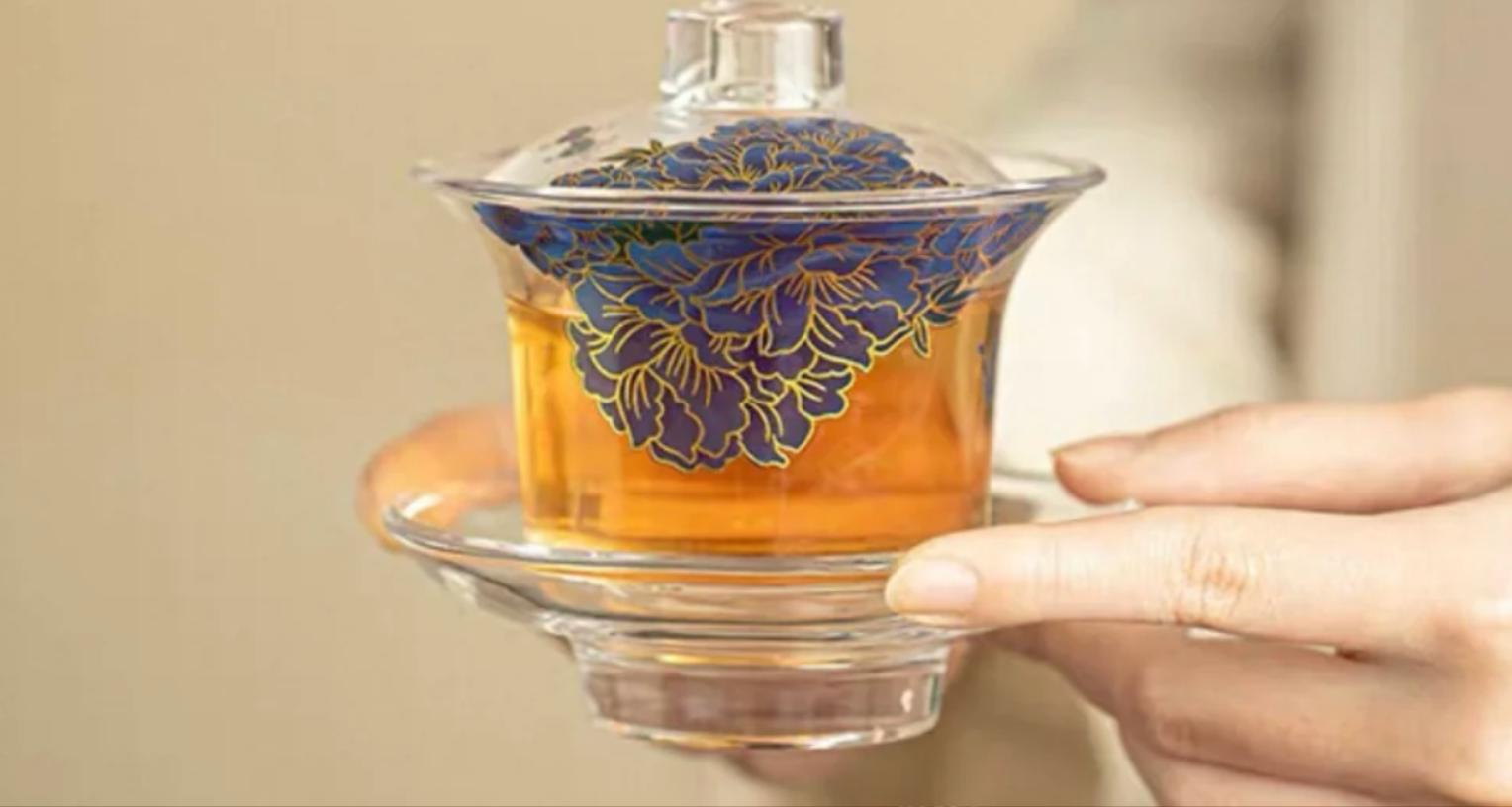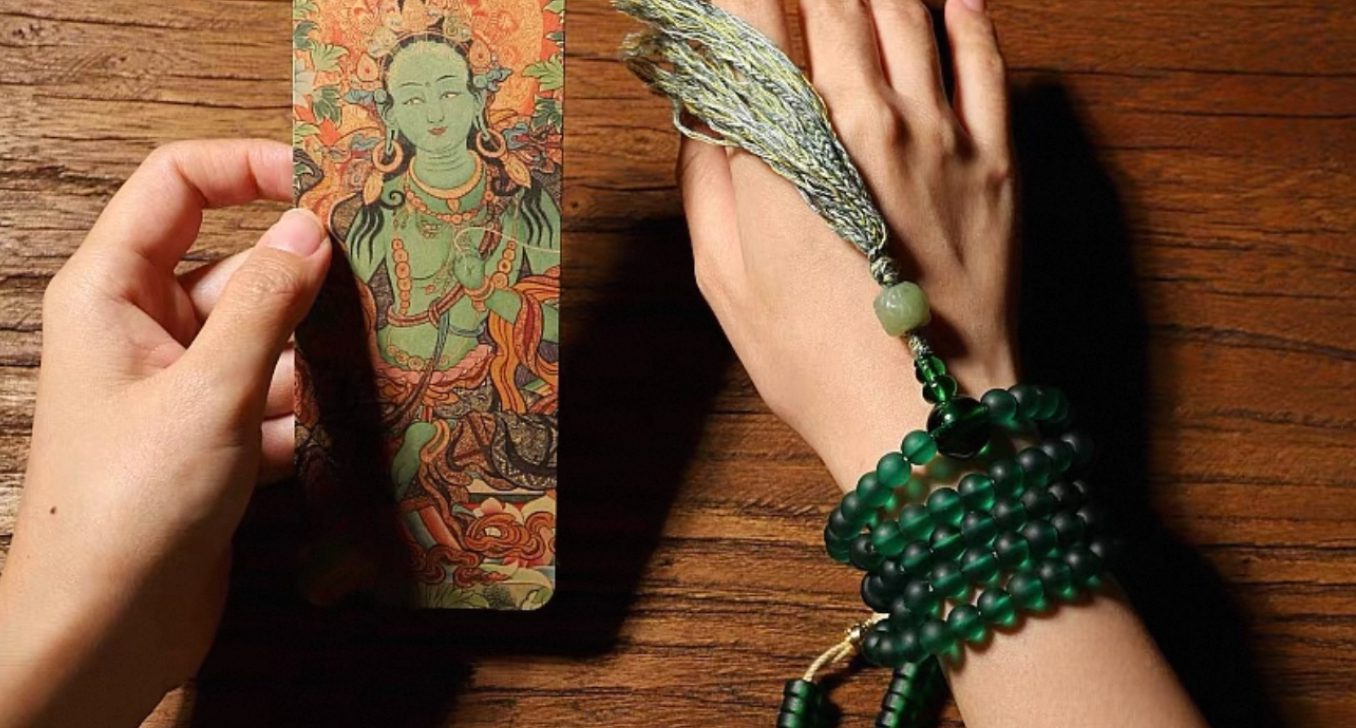
The Ultimate Guide to the Gaiwan: Mastering Chinese Tea Brewing, History, and Technique
The journey into the refined world of Chinese tea often begins with a single, unassuming vessel: the Gaiwan. For centuries, this essential piece of teaware has remained the preferred tool for tea masters and serious enthusiasts, not merely for its elegance, but for the unparalleled precision it affords the brewing ritual. The ability of the Gaiwan to unlock the true, unadulterated character of the tea leaf is what distinguishes it from all other brewing methods. This definitive guide serves as an essential companion, charting the history, decoding the anatomy, and detailing the masterful techniques required to transform the brewing of tea into an art form. By understanding the fundamentals detailed here, the user is positioned to achieve genuine mastery of Gongfu Cha (工夫茶) and experience the layered beauty of fine tea.
Introducing the Gaiwan (蓋碗): The Heart of Chinese Tea Culture
The Gaiwan, translating literally as "lidded bowl" or gàiwǎn, is a versatile and aesthetically profound Chinese brewing vessel. Though deceptively simple in appearance, consisting of just three core components, it facilitates a comprehensive brewing experience that maximizes sensory appreciation, flavor extraction, and control. Its status as the most universal tool in the meticulous Gongfu Cha method is a testament to its enduring effectiveness.
A Tool of Three Powers: Heaven, Earth, and Man (Tiān Dì Rén)
The Gaiwan is far more than a functional implement; it is a repository of philosophical principle, embodying the Chinese cosmological concept of Tiān Dì Rén (Heaven, Earth, and Man). The Lid (Gài) represents Heaven (Tiān), symbolizing the overarching forces of nature and the celestial realm. The Saucer (Tuō) represents Earth (Dì), providing the foundational stability and nourishment. Finally, the Bowl (Wǎn) represents Man (Rén), the active agent seeking equilibrium and appreciation.
This profound cultural symbolism means that the ritual of brewing in a Gaiwan is, inherently, a philosophical act. Achieving a balanced and perfect infusion—the ultimate goal of Gongfu brewing—requires the brewer (Man) to achieve harmony between the natural forces (water, leaf, heat) and the physical components (Lid, Bowl, Saucer). The result is a mindful ritual that elevates the act of preparation beyond a simple task, a practice deeply cherished by the Oriental Artisan brand ethos.
The Historical Ascent: From Chawan to Ming Dynasty Innovation
The invention of the Gaiwan is inextricably linked to a significant cultural shift in Chinese tea preparation. Before the Ming Dynasty (1368–1644), tea was traditionally consumed from a single vessel, the Chawan (茶碗; 'tea bowl'), which was large enough to prepare the tea (often powdered or compressed) and then drink from it.
The transition occurred when the Ming government officially decreed loose leaf tea as the preferred form, abandoning the earlier practice of consuming compressed or ground tea. This innovation in preparation necessitated a vessel explicitly designed for steeping and decanting, rather than just whisking. It was during this period that the lidded bowl, known today as the Gaiwan, came into prominence. Although similar lidded vessels existed in earlier dynasties, the specific three-part tea set emerged in the Ming era. Historical evidence, such as a 15th-century Jingdezhen porcelain set excavated from a Ming princely burial (dated 1437), confirms the Gaiwan's adoption as early imperial teaware, marking its definitive establishment in elite and common tea culture.
The Sichuan Legacy: Gaiwan as a Cultural Standard
The Gaiwan did not become universally popular overnight but first gained widespread cultural dominance in Sichuan province. In regions like Chengdu, the teahouse culture is deeply embedded into daily life, serving as the city's living room and a major stage for social interaction and leisure. Here, the Gaiwan (often a slightly larger, regional variation known as Northern Gaiwan) is the essential, ubiquitous vessel.
Crucially, while modern Gongfu Cha practitioners typically use the Gaiwan solely for brewing and decanting, in traditional Sichuan practice, the Gaiwan retains its dual functionality: it is often used as a combined brewing and direct drinking vessel. Servers in Sichuan teahouses perform dramatic feats, pouring boiling water from long-spouted kettles into the Gaiwan, where the lid is used to stir, trap the tea's fragrance, and hold back the floating leaves while the drinker sips.
This traditional usage gave rise to a complex, non-verbal communication system. The Gaiwan components, through their placement and movement, form a silent language (Wén Zì) between patrons and staff. For example, a gentle tap of the lid signals the server for a hot water refill; tilting the bowl subtly indicates that the guest is ready to depart. Furthermore, arranging the lid, bowl, and saucer apart from one another is understood as a candid, though unspoken, expression of dissatisfaction with the service or the tea itself. This rich layer of cultural context demonstrates that the Gaiwan is fundamental to the social and philosophical fabric of Chinese tea society.
Precision in Design: Understanding the Gaiwan’s Three Essential Parts
The elegance of the Gaiwan is rooted in its highly practical engineering. Each of the three components—the Bowl, the Lid, and the Saucer—serves distinct and interconnected functions that facilitate aroma extraction, precise heat management, and unparalleled control over the rapid infusion process.
The Bowl (Wǎn): Volume, Shape, and the Critical Flared Lip
The primary function of the Bowl is to hold the tea leaves and the infusion. Its characteristic wide opening provides excellent visibility, allowing the brewer to observe the dynamic process of the leaves unfurling and to accurately assess the color and clarity of the tea liquor. This visual engagement enhances the appreciation of the tea's quality.
When selecting a Gaiwan, ergonomic design is paramount, particularly for new practitioners. A bell shape is highly recommended for beginners. Most critically, the bowl features a thin, flared rim. This flared design serves two vital functions. First, it ensures a smooth, drip-free edge for a clean pour. Second, and most importantly for ease of use, the flared lip directs heat away from the fingers, creating a safe zone where the brewer can grip the vessel without being scalded, even when using boiling water. By prioritizing the functional benefits of the flared rim and bell shape, the Gaiwan's design effectively mitigates the common psychological barrier of finger-burning, which encourages confidence and accelerates mastery for first-time users.
The Lid (Gài): Capturing Volatile Aromatics and Serving as the Filter
The Lid is essential for both sensory enjoyment and technical control. During the brief steeping process, the lid traps the volatile aromatic compounds released by the hot tea leaves. Just before serving, the brewer can lift the lid and inhale the accumulated fragrance, offering a preview of the tea's nuanced character and enhancing the overall sensory engagement.
The Lid’s secondary, functional role is as the primary filtering mechanism during decanting. When pouring the tea out, the brewer slightly tilts the lid to create a precisely controlled gap. This gap acts as a strainer, holding back the steeped leaves while allowing the infused liquid, known as the tea soup, to pass quickly and cleanly into the sharing pitcher. A well-fitting lid is crucial; it must sit snugly to maintain the required brewing temperature and ensure efficient filtering without spills, supporting the precision required by Gongfu brewing.
The Saucer (Tuō): The Foundation of Stability and Heat Protection
The Saucer provides the essential foundation for the Gaiwan set. Its primary function is to offer a safe, stable base for handling the hot bowl, protecting both the brewer's hands and the brewing surface from high temperatures. The ergonomics of the saucer—specifically the depth and shape of its concave center and the width of its support ring—directly influence the brewer’s confidence and control. In traditional use, particularly in Sichuan, the saucer may also be used to cradle the bowl while the tea is being consumed directly from the vessel.
The Gaiwan Advantage: Unlocking True Flavor and Unmatched Control
The rise of the Gaiwan in serious tea appreciation is due to its profound versatility and precision. While a high-quality Yixing teapot is revered for its dedication to one type of tea, the Gaiwan is rightly regarded as the most effective general-purpose tool, often serving as the gateway for beginners due to its affordability and universal applicability compared to collectible clay vessels.
Neutrality Triumphant: Why Porcelain Reveals the Tea’s Authentic Character
The most significant advantage of the Gaiwan lies in its typical material composition: glazed ceramic or porcelain. These materials are highly dense and non-porous. This material inertness is crucial because it means the Gaiwan does not absorb, retain, or impart any flavor or aroma to the tea being brewed.
This property ensures unparalleled versatility. Unlike unglazed clay teapots, which are porous and designed to season—and thus should be dedicated to a single tea type—a porcelain Gaiwan can be used to brew delicate Green tea one day and a robust Pu-erh the next, without any risk of flavor contamination. Because the Gaiwan delivers a "neutral, true-to-taste tea experience", it functions as the definitive sensing apparatus for professional tea tasters and connoisseurs. For appreciating high-quality, artisan teas, the Gaiwan guarantees the purest expression of the leaf, maximizing the customer’s ability to discern and appreciate the subtle nuances of premium tea.
The Connoisseur's Thermostat: Precision in Heat Management
The structure of the Gaiwan, characterized by thin porcelain walls, allows heat to escape quickly and efficiently. While this lower heat retention might seem like a drawback for certain robust teas, it is, in fact, a major advantage for delicate categories such as Green and White teas. These teas are highly sensitive to sustained, excessive heat, which can quickly "burn" the leaves and result in an acrid, bitter flavor profile.
The Gaiwan’s design mitigates this risk by providing superior temperature control and encouraging heat dissipation. The wide opening can be left slightly ajar to cool the water for light teas, or fully covered to retain heat for darker infusions, demonstrating the profound control offered over every aspect of the brewing process.
Rapid Decanting and Flavor Layering
Gongfu Cha relies entirely on the principle of multiple, short infusions (flash steeps) to coax complex, layered flavors from the tea leaf. To execute this successfully, the brewer must be able to stop the infusion instantly.
The Gaiwan’s open-rim design, utilized in conjunction with the lid as a straining device, allows for extremely rapid decanting. A skilled brewer can fully empty the Gaiwan in as little as five seconds. This speed is critical, as it ensures the infusion stops precisely when intended, preventing any continued steeping or over-extraction during the pour. This level of finesse is essential for maximizing the flavor journey, enabling the drinker to savor separate, evolving flavor notes across sequential infusions, a detailed tasting experience that defines the superiority of the Gaiwan method.
Material, Size, and Form: Matching Your Gaiwan to Your Tea Ritual
Selecting the right Gaiwan is the first critical step toward mastery. The choice of material, volume, and shape should align with the user’s preferences and the type of tea they intend to brew.
Material Deep Dive: Porcelain vs. Clay vs. Glass
| Material | Ideal Tea Types | Key Advantage | Heat Retention | Care Note |
| Porcelain (Glazed Ceramic) | Green, White, Light Oolong, Black | Universal versatility, neutral flavor profile | Low (Cools quickly, aiding delicate tea) | Easy cleaning, soap permitted for stains |
| Unglazed Clay (Yixing/Zisha) | Aged Puerh, Dark Oolong, Robust Black | Mellows/enhances flavor over time | High (Sustained temperature) | Hot water rinse only, no soap |
| Glass | Green, White (Visual Teas) | Maximum aesthetic/visual engagement | Low | Clean with mild soap, dry thoroughly |
Porcelain (Glazed Ceramic): This is the most versatile and highly recommended material for both beginners and experts. Its non-porous surface guarantees flavor purity. Furthermore, lighter-colored glazes make it easier to observe the changes in the tea leaves and the color of the tea soup throughout multiple steeps. Jingdezhen porcelain is particularly prized among connoisseurs for its smooth, even glaze, delicate texture, and aesthetic elegance, representing a premium choice for high-end tea appreciation.
Unglazed Clay (Zisha/Yixing): Clay Gaiwans are porous and interact directly with the tea, offering a unique experience by enhancing certain flavors over time. They are ideally suited for robust, dedicated teas such as Pu-erh and dark Oolongs. However, clay requires strict adherence to one tea type and necessitates careful seasoning, making it less practical for those who wish to brew a variety of teas.
Glass: Glass Gaiwans are chosen primarily for the visual experience. They offer the opportunity to admire the delicate process of tea leaves unfurling and the evolution of the liquor’s color from all angles, a feature especially appealing when brewing vibrant Green or White teas. However, glass retains the least amount of heat.
Finding the Ideal Volume for Gongfu Sessions
Gaiwans are designed for Gongfu’s high leaf-to-water ratio. They are typically small, with volumes ranging from 80ml to 150ml.
For solo brewing or meticulous tasting, a very small volume of 50ml to 75ml is ideal, producing just a few sips per infusion, allowing for intense focus on flavor development. For sessions involving two to four people, the most common and versatile sizes range from 100ml to 150ml. It is important to remember that a Gaiwan's effective brewing volume is significantly less than its stated capacity once tea leaves are added.
A crucial consideration is the necessity of ensuring the leaves can unfurl completely. If the vessel is too small, large-leaf teas or rolled oolongs will be compressed, leading to inconsistent and improper extraction. For teas requiring extremely high temperatures, such as Ripe Pu-erh, using a slightly larger Gaiwan (e.g., 240ml) can be advantageous, as the increased surface area helps to dissipate the intense heat, making the vessel safer and easier to handle during long steeps.
The Importance of Fit and Finish: Lid, Rim, and Stability
A high-quality Gaiwan is defined by the synergy of its components. The fit of the lid is essential; it must be snug to effectively maintain the brewing temperature and act as an efficient filter during the pour. A loose lid compromises both heat control and pouring precision.
The importance of the thin, flared rim cannot be overstated. This design is not merely aesthetic but a practical necessity that directly addresses user comfort and safety, physically mitigating the heat transfer that often discourages new users. When selecting a piece, attention should be paid to the overall craftsmanship. The use of premium porcelain, particularly from Jingdezhen, ensures superior aesthetics alongside the necessary technical performance, enhancing the ritual and ensuring long-term enjoyment.
Step-by-Step Mastery: Brewing Tea the Gaiwan Way
Gongfu Cha, practiced with a Gaiwan, emphasizes a high concentration of tea leaves, extremely short initial steep times, and subsequent, gradual lengthening of infusions to reveal the tea's full spectrum of flavor.
Preparation and Warming the Vessels (Wen Cha Ju)
The process begins with preheating the teaware to ensure temperature consistency, a vital component of controlled brewing.
-
Preheating: Pour hot water (at the appropriate temperature for the tea type) into the Gaiwan. Transfer this water to the Gong Dao Bei (fairness pitcher) and then sequentially into the small serving cups.
-
Discarding: Discard the warming water into a waste bowl or tea boat.
Dosing the Leaf: The Heroic Ratio
Gongfu brewing utilizes a significantly higher leaf-to-water ratio than Western methods. A standard starting point is approximately 5–8 grams of tea per 100ml of water. The density and shape of the leaves influence the required volume:
-
For bulky, loose, or flat leaves (e.g., certain green teas), fill the Gaiwan about two-thirds full.
-
For dense, rolled, or coiled teas (e.g., high-mountain Oolongs or compressed Pu-erh), fill the bowl approximately one-third full, or less.
A higher dose requires shorter steep times, allowing for rapid, potent infusions.
The Critical Rinse (Xǐ Chá): Waking the Leaves
The rinse is not optional for most Chinese teas, serving to cleanse the leaves, remove residual dust or fragments, and, critically, to initiate the opening of compressed or tightly rolled material.
Technique: Pour the hot water over the leaves until covered, and immediately pour the water out. The rinse should last no more than 5–10 seconds. For heavily compressed or aged Pu-erh teas, a slightly longer 15–20 second rinse, or sometimes two rapid rinses, may be necessary to prime the material before the first drinkable infusion. This initial rinse water is discarded.
Brewing Protocol: Short Steeps and Incremental Increases
-
First Infusion: Immediately after the rinse, pour hot water into the Gaiwan, filling it 70–80% full (just below the rim). Steep the first drinkable infusion for a very short duration, typically 10–20 seconds.
-
Decanting: Decant the tea completely into the Gong Dao Bei (fairness pitcher). The pitcher ensures the strength of the brew is equalized before serving into the small cups.
-
Subsequent Infusions: Refill the Gaiwan immediately. For each successive infusion, increase the steep time by approximately 5–15 seconds to maintain flavor intensity as the leaves yield their contents. High-quality, whole-leaf teas can easily sustain 8 to 15 infusions.
Mastering the Pouring Trick: The Goosehead Grip and Anti-Burn Techniques
The largest challenge for beginners is mastering the pour without burning the fingers. This requires employing specific grips and ensuring proper water volume.
The Fundamental Grip (Three-Finger Method): This is often referred to as the "Goosehead" grip for its elegant shape. Place the saucer flat on the palm. Use the thumb and middle finger to grip the outer edge (the flared rim) of the bowl. Use the index finger or knuckle to press lightly but firmly on the lid knob, holding the lid in place.
The Pour: Tilt the Gaiwan gently. The pressure exerted by the index finger controls the gap size between the lid and the bowl. The gap must be precisely sized: large enough for the liquid to flow rapidly and smoothly (crucial for the five-second stop) but small enough to filter the leaves and prevent hot liquid from splashing onto the hand.
Anti-Scald Measures are Essential:
-
Do not overfill: Only fill the Gaiwan 70% to 80% full. This vital airspace allows the brewer to tilt the vessel without hot water or steam escaping near the grip point.
-
Utilize the Flared Rim: By gripping the Gaiwan using the thumb and middle finger on the outward flare of the rim, the hands are naturally protected from the hottest part of the bowl’s body.
Customized Brewing Techniques by Tea Type
The versatility of the Gaiwan allows for precise customization based on the needs of the tea type, primarily through water temperature and pouring method.
| Tea Type | Recommended Temperature | Initial Steep (Secs) | Dosing Guide | Pouring Technique |
| Green/White (Delicate) | 75°C – 85°C (167°F – 185°F) | 10 – 15 seconds | 5-6g per 100ml | Gentle pour along the side of the bowl to avoid agitating delicate leaves |
| Oolong (Lightly Oxidized) | 90°C – 95°C (194°F – 203°F) | 15 – 20 seconds | 4-5g per 100ml (rolled oolongs should cover the bottom) | Direct pour encouraged to help unfurl leaves and release aromas |
| Puerh (Ripe/Aged Raw) | 95°C – 100°C (Boiling) | 10 – 15 seconds (after 1-2 washes) | 5-6g per 100ml (dense material) | Direct, aggressive pour to maximize flavor extraction from compressed material |
| Black (Red) Tea | 90°C – 95°C (194°F – 203°F) | 15 – 20 seconds | 5-6g per 100ml | Direct pour encouraged to develop full body and malt notes |
For delicate teas (Green and White), controlling the heat is paramount. Pouring the water gently along the side of the Gaiwan reduces agitation and heat shock, maintaining the sweetness and preventing the extraction of excessive tannins. Conversely, for robust teas like Pu-erh and heavily roasted Oolongs, a direct, more aggressive pour is encouraged. This technique maximizes the flavor release and helps the dense or rolled leaves unfurl quickly.
The Legacy of Care: Maintaining Your Artisan Gaiwan
Proper care ensures both the longevity of the teaware and the preservation of the tea’s authentic flavor profile, especially given the Gaiwan’s role as a universal brewing vessel.
Glazed Perfection: Cleaning Porcelain and Glass
Porcelain and glazed ceramic Gaiwans are non-porous and inherently easy to maintain. During routine use, a simple rinse with hot water is usually sufficient to clean the vessel.
For deeper cleaning, such as when tea staining (patina) begins to accumulate, the glazed surface allows for the safe use of warm water and mild, unscented soap. Alternative methods for stubborn stains include applying a baking soda paste or hydrogen peroxide. It is vital to avoid abrasive scrubbers, which can scratch the delicate glaze and compromise the integrity of the vessel.
Honoring Clay: The Essential Hot Water Rinse
If an unglazed clay Gaiwan (Zisha or Yixing) is used, maintenance protocols must change dramatically. Soap or detergent must never be used. Because the clay is porous, it will absorb chemicals and residual scents, which will permanently alter the flavor of all future brews. Clay Gaiwans should only be cleaned by rinsing thoroughly with hot water.
Storage Rituals: Ensuring Dryness and Airflow
After any cleaning or brewing session, always ensure the exterior of the Gaiwan is wiped dry to prevent water spots. The most important storage ritual is guaranteeing complete airflow. The Gaiwan should always be stored with the lid placed slightly ajar or completely off until the interior is fully dried. This practice prevents the accumulation of moisture and stale air, which can lead to musty odors, especially critical for any porous clay components.
The Gaiwan Experience: A Path to Deeper Appreciation
The Gaiwan is far more than a simple teacup or brewing pot; it is a profound cultural artifact that offers unparalleled precision, aesthetic beauty, and functional versatility. From its historical genesis in the Ming Dynasty, symbolizing the unity of Heaven, Earth, and Man, to its modern role as the single most critical brewing tool in Gongfu Cha, mastering the Gaiwan is synonymous with mastering the art of tea itself. Its neutral material reveals the true quality of the leaf, while its design ensures rapid control over every infusion, allowing the brewer to explore the complex, layered flavors intended by the tea artisan.
By adopting the Gaiwan into the daily tea ritual, practitioners gain the control and insight necessary to transform a simple cup into a journey of mindful discovery. The elegant simplicity of the lidded bowl encourages a higher degree of sensory engagement, slowing the pace of consumption and inviting a deeper connection with the tea's volatile aromatics and evolving taste profile.
Embrace the Journey of Flavor: Begin the path to Gongfu Cha mastery today. Explore the curated collection of artisan Gaiwans at Oriental Artisan—featuring high-quality Jingdezhen porcelain and ergonomic designs perfect for achieving the precise pour.




Leave a comment
This site is protected by hCaptcha and the hCaptcha Privacy Policy and Terms of Service apply.